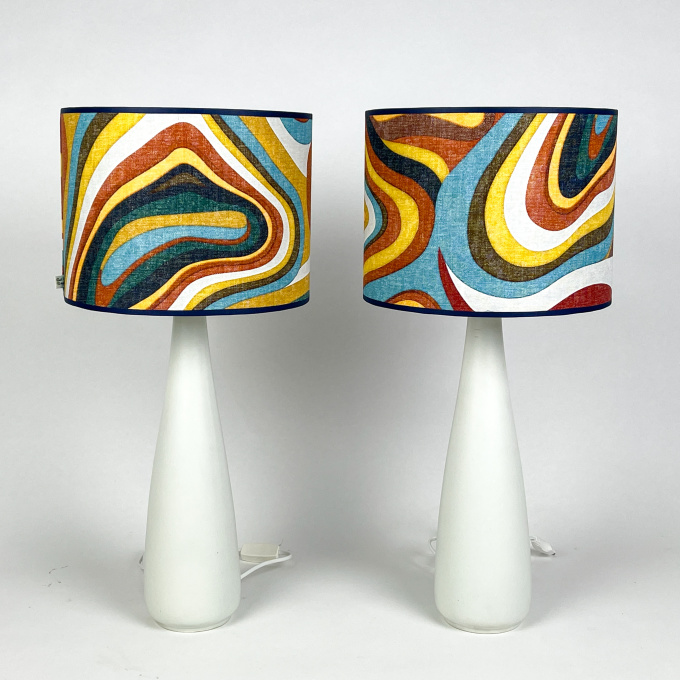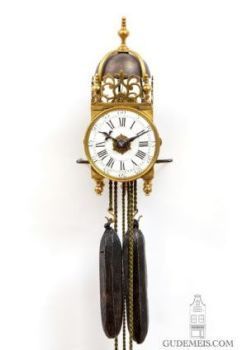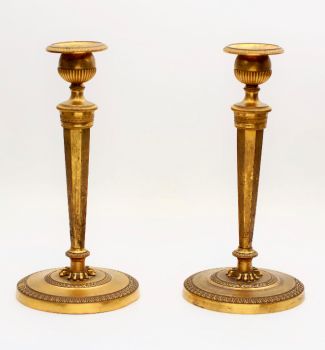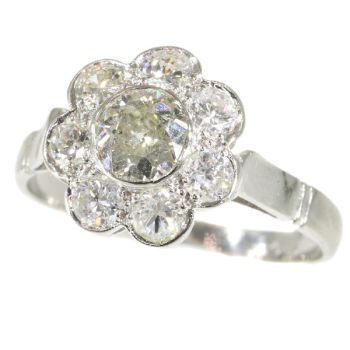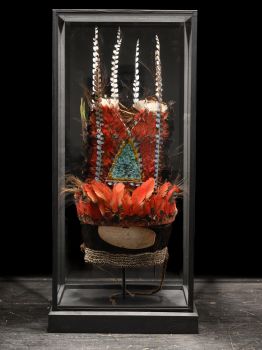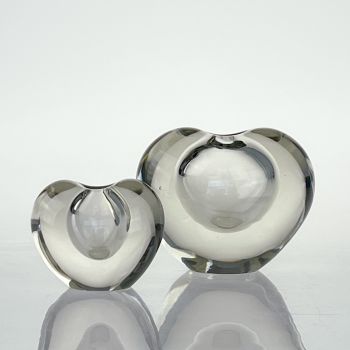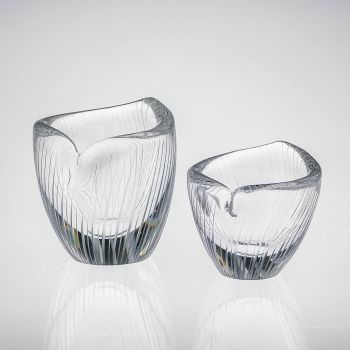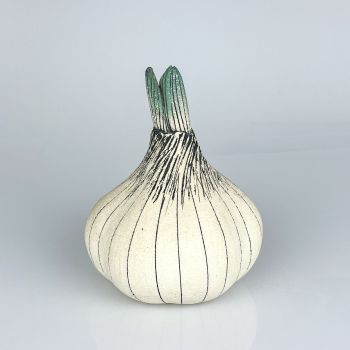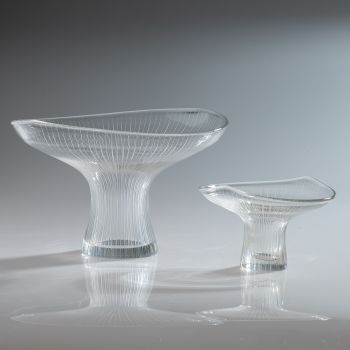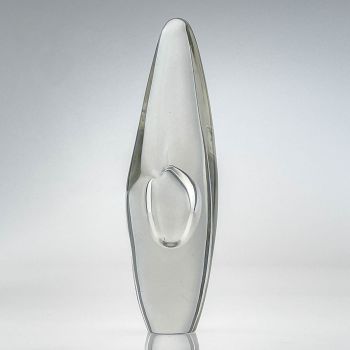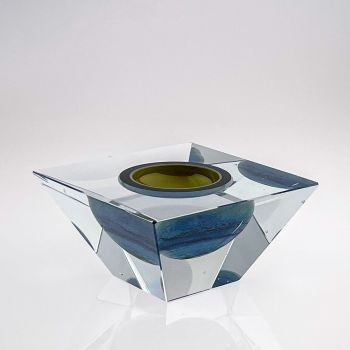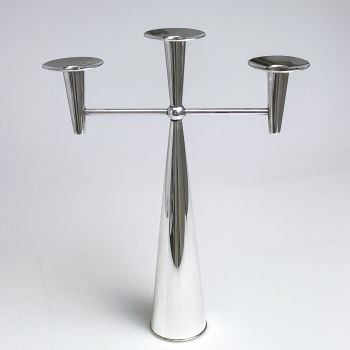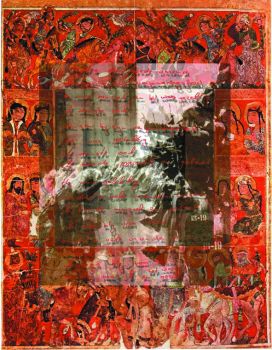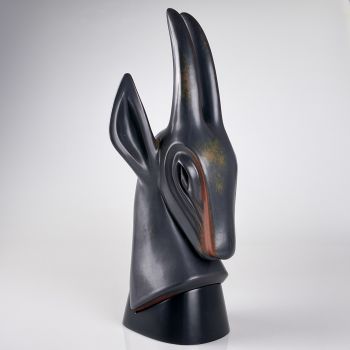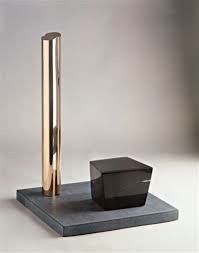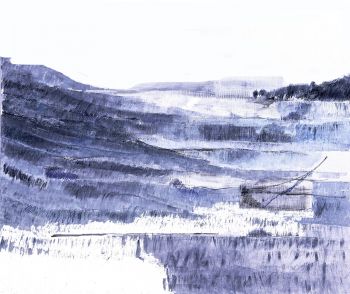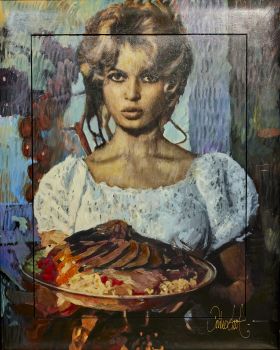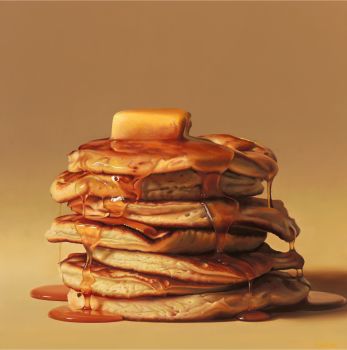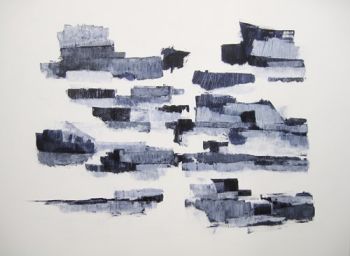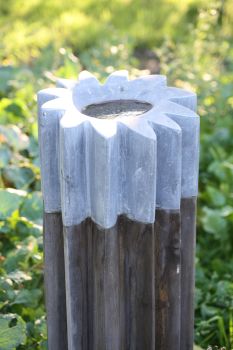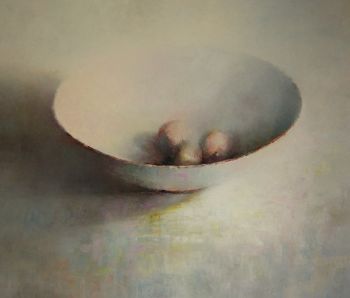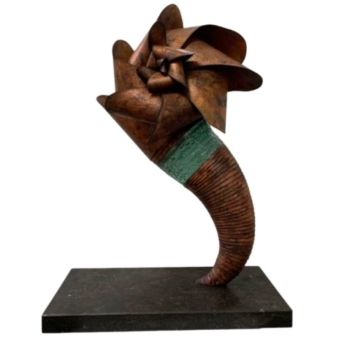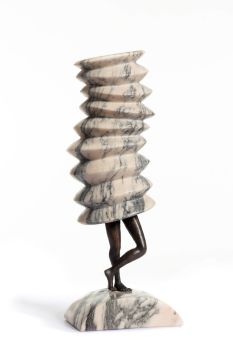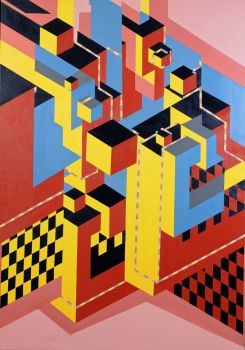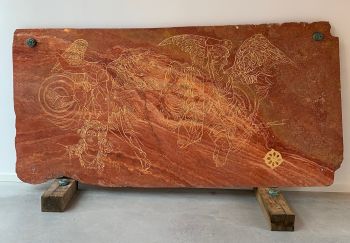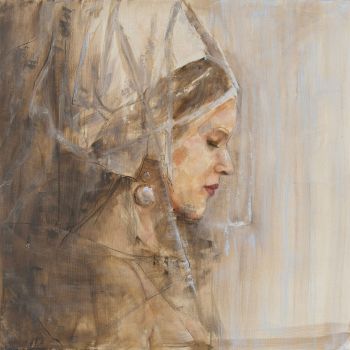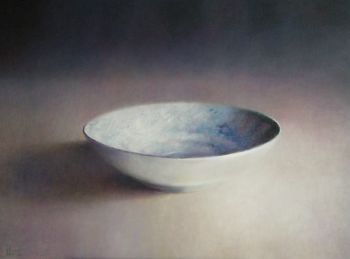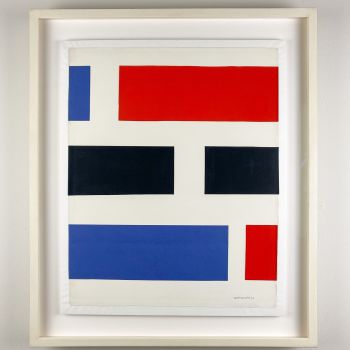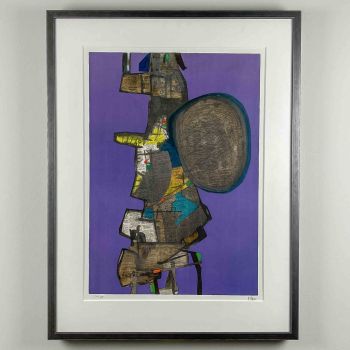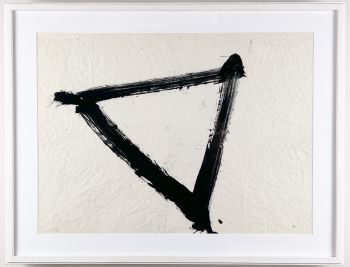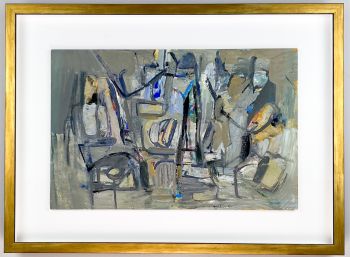Two stoneware tablelamps with bespoke lampshades – Arabia, Finland between 1964-1971 1964 - 1971
Artiste Inconnu
PierreTextileGrès
64 cm, ø 30 cm
ConditionVery good
€ 1.350
Van Kerkhoff Art
- Sur l'oeuvre d'artA pair of glazed white stoneware tablelamps with bespoke handmade lampshades. Made by Arabia, Finland between 1964 and 1971.
About Arabia
Arabia stands as one of Finland’s most cherished and renowned brands. For more than 140 years, Arabia has been an integral part of Finnish households, enriching both everyday moments and special occasions. With designs that reflect the essence of each era while retaining a timeless appeal, Arabia pieces are not only beautiful but also practical, crafted to endure the test of time.
Originally established as a subsidiary of the Swedish porcelain producer Rörstrang on November 25, 1873, the Arabia brand has seen its fair share of changes in ownership throughout its history.
Carl-Gustaf Herlitz, who had ties to Rörstrand, assumed the role of technical director in 1881. Arabia Aktiefabrik, formed as a limited company in 1885, saw Herlitz taking on the position of managing director in 1893. Notably, Thure Öberg, recruited from Röstrand during the 1890s, served as the company’s pioneering artist until his passing in 1935.
In 1916, Arabia shifted to Finnish ownership, with Carl-Gustaf Herlitz’s son, also named Carl-Gustaf Herlitz, leading as CEO until 1947. Under his guidance, Arabia flourished, becoming the largest porcelain manufacturer in the Nordic region.
From 1947 to 1990, Wärtsilä Oy owned Arabia before it was acquired by Hackman. Today, the Arabia brand finds its home within the Iittala Group, which parted ways with Hackman and was subsequently acquired by Fiskars in 2007.
Kurt Ekholm, appointed as the artistic director of Arabia’s art department in 1932, played a pivotal role in pioneering innovative tableware designs. During its peak, Arabia boasted a workforce of over 1,500 individuals and held the title of Europe’s largest porcelain factory. Additionally, Arabia manufactured toilet seats in Helsinki’s Arabianranta and Ekenäs between 1874 and 1992. However, production at the ceramics factory in Fishers came to a halt on March 18, 2016, with operations relocating overseas.
Marked
Stamped Arabia (stamp used between 1964-1971)
Execution
Arabia, Finland between 1964 and 1971
Condition
Good original condition. No chips or cracks. Wear consistent with age and use. New handmade bespoke lampshades
Literature
Marianne Aav (ed.) Arabia: Ceramic, Art, Industry
Dimensions
Each lamp
Height 64,5 cm
Diameter 30 cm - Sur l'artiste
Il peut arriver qu'un artiste ou un créateur soit inconnu.
Certaines œuvres ne doivent pas être déterminées par qui elles sont faites ou elles sont faites par (un groupe d') artisans. Les exemples sont des statues de l'Antiquité, des meubles, des miroirs ou des signatures qui ne sont pas claires ou lisibles, mais aussi certaines œuvres ne sont pas signées du tout.
Vous pouvez également trouver la description suivante :
•"Attribué à …." A leur avis probablement une oeuvre de l'artiste, au moins en partie
•« Atelier de …. ou « Atelier de » À leur avis, une œuvre exécutée dans l'atelier ou l'atelier de l'artiste, éventuellement sous sa direction
•« Cercle de… ». A leur avis une oeuvre de la période de l'artiste témoignant de son influence, étroitement associée à l'artiste mais pas forcément son élève
•« Style de … ». ou "Suiveur de ...." Selon eux, une œuvre exécutée dans le style de l'artiste mais pas nécessairement par un élève ; peut être contemporain ou presque contemporain
•« Manière de… ». A leur avis une oeuvre dans le style de l'artiste mais d'une date plus tardive
•"Après …." A leur avis une copie (quelle qu'en soit la date) d'une oeuvre de l'artiste
•« Signé… », « Daté… ». ou « Inscrit » À leur avis, l'œuvre a été signée/datée/inscrite par l'artiste. L'ajout d'un point d'interrogation indique un élément de doute
• "Avec signature ….", "Avec date ….", "Avec inscription …." ou "Porte signature/date/inscription" à leur avis la signature/date/inscription a été ajoutée par quelqu'un d'autre que l'artiste
Êtes-vous intéressé par l'achat de cette oeuvre?
Artwork details
Related artworks
Artiste Inconnu
A large Japanese Imari porcelain 'VOC Groningen' dish1800 - 1925
Prix sur demandeZebregs & Röell - Fine Art - Antiques
1 - 4 / 12- 1 - 4 / 24
- 1 - 4 / 24
- 1 - 2 / 2
- 1 - 4 / 24
- 1 - 4 / 12

